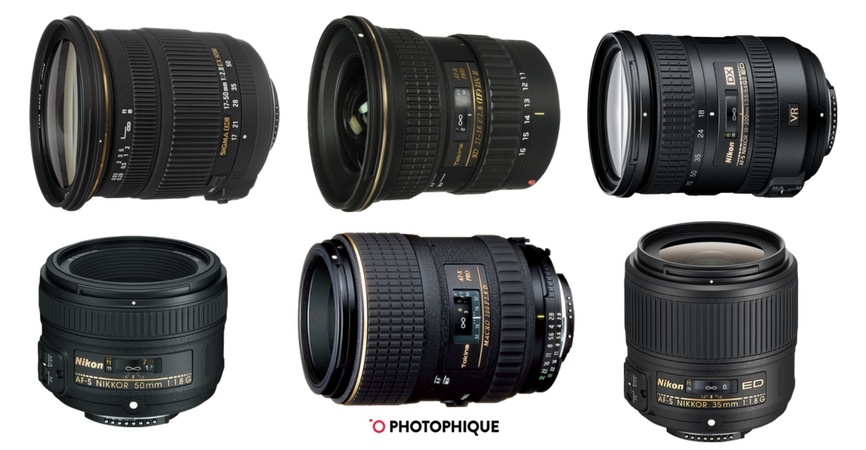Introducing Lenses
Macro photography is not only a separate genre, but also a whole world of miniature objects, which we can consider in all details only thanks to macro photography.NIKON D810 / 60.0 mm f / 2.8 Installations: ISO 360, F13, 1/100 s, 60.0 mm equiv.Download RAW
Macro photography is considered photographing objects in a scale close to 1: 1. That is, when the projection of the object on the camera’s matrix is ??equal to its actual size. In practice, macro shooting is called almost any shooting of small objects at close range, but a more accurate definition in this case would be “close-up shooting”.
NIKON D810 / 105.0 mm f / 2.8 Installations: ISO 1800, F11, 1/125 s, 105.0 mm equiv.Download RAW
Not every lens is suitable for such tasks. Even if your smartphone or compact camera has a macro mode, do not flatter yourself: it will not allow you to shoot at the same magnification as that of special optics. Only macro lenses have an optical circuit designed for shooting with high magnification, with a minimum distance and without loss of image quality.
Get Quote Nikon AF-S DX Micro NIKKOR 40mm f / 2.8G / Nikon AF-S Micro NIKKOR 60mm f / 2.8G ED / Nikon PC-E Micro NIKKOR 85mm f / 2.8D / Nikon AF-S Micro-Nikkor 105mm f / 2.8G IF-ED VR
Four Nikon macro lenses are involved in our benchmark test:
- AF-S DX Micro NIKKOR 40mm f / 2.8G ;
- AF-S Micro NIKKOR 60mm f / 2.8G ED ;
- PC-E Micro NIKKOR 85mm f / 2.8D ;
- AF-S Micro-Nikkor 105mm f / 2.8G IF-ED VR .


